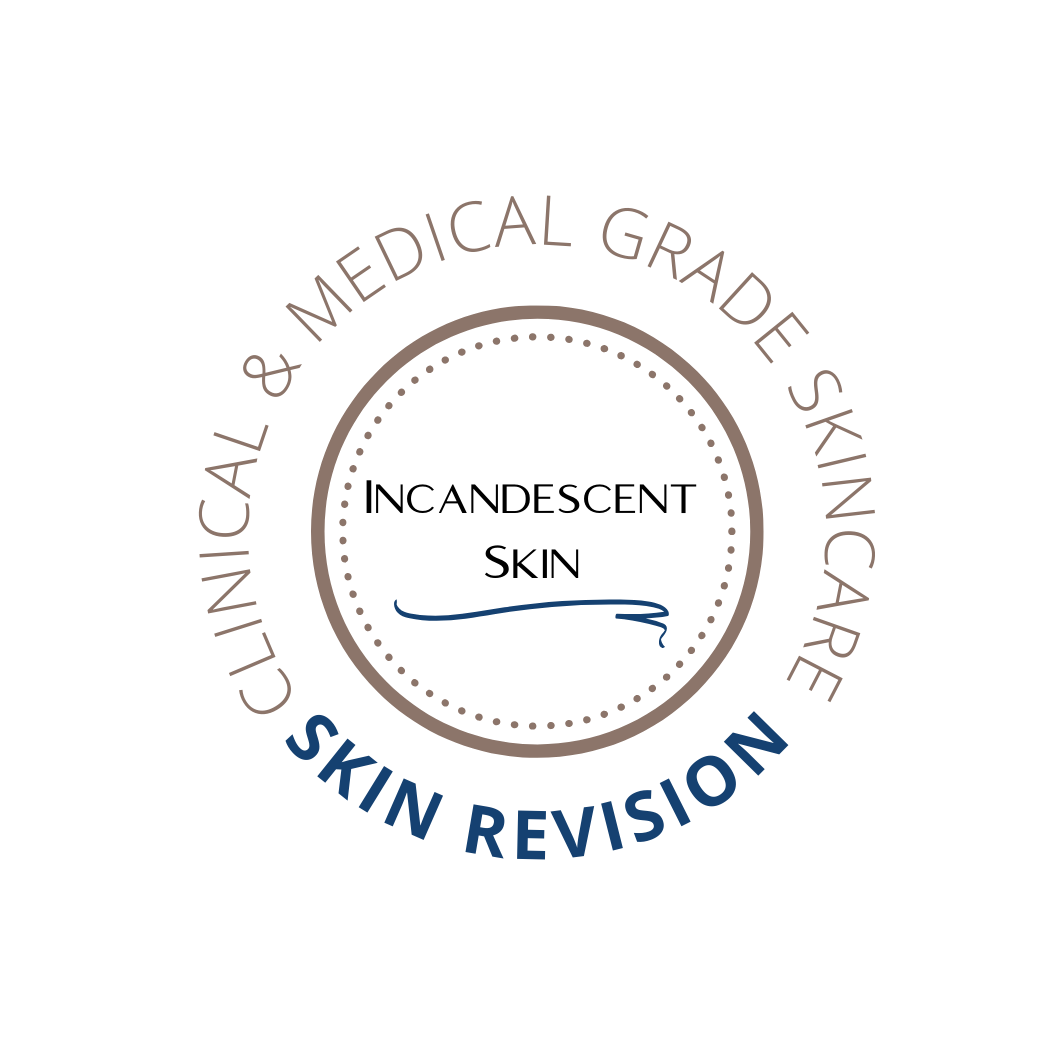As an aesthetician who lives and breathes skin health, I thought it was time to share a personal story with you all. Recently, I — Mrs. “Wear Your Damn Sunscreen” — had a biopsy on a mole that had been slowly growing over the past few years on my inner thigh. I went in for what I thought was my annual dermatology check, but to my surprise, it had actually been two years since my last visit.
I’ve always encouraged my clients to get their skin checked by a dermatologist every year. I never considered myself a sun-worshiper, but I did enjoy plenty of pool and beach fun back in the ‘80s. I remember applying sunscreen but rarely reapplying it. One of my most vivid memories is lying out on a friend’s tin roof with baby oil and tinfoil — a sunbathing method that ended abruptly for me after a severe sunburn.
Here I am now, with a stage 1 melanoma diagnosis. The good news is that it’s been caught early and can be removed with an outpatient procedure. But it could have been much worse, and that’s why I urge everyone to be proactive about skin health.
What is Melanoma?
Melanoma is a serious form of skin cancer that begins in the melanocytes, the cells responsible for producing melanin, the pigment that gives your skin its color. While it’s less common than other types of skin cancer, melanoma is more dangerous because it’s more likely to spread to other parts of the body if not caught early.
What to Look For: The ABCDEs of Melanoma
Regular self-exams can help you spot potential melanomas early. Here’s what to look for:
- A – Asymmetry: One half of the mole or spot does not match the other.
- B – Border: The edges are irregular, ragged, notched, or blurred.
- C – Color: The color is not uniform and may include shades of brown, black, pink, red, white, or blue.
- D – Diameter: The spot is larger than 6mm across (about the size of a pencil eraser), although melanomas can be smaller.
- E – Evolving: The mole is changing in size, shape, or color.
Prevention Tips
- Use Broad-Spectrum Sunscreen: Apply a broad-spectrum sunscreen with an SPF of at least 30 every day, even on cloudy days. Don’t forget to reapply every two hours, especially if swimming or sweating.
- Seek Shade: Avoid direct sun exposure between 10 a.m. and 4 p.m. when UV rays are the strongest.
- Wear Protective Clothing: Hats, sunglasses, and long-sleeved clothing can provide an additional layer of protection.
- Avoid Tanning Beds: Tanning beds increase the risk of developing melanoma, especially in young people.
- Get Regular Skin Checks: Annual visits to a dermatologist for a professional skin exam are crucial. Early detection can make all the difference.
My Takeaway
If there’s one thing I’ve learned from this experience, it’s that melanoma can happen to anyone. You don’t have to be a sun-worshiper or a tanning enthusiast to be at risk. My melanoma was caught early because I finally made it to that dermatology appointment — and I’m grateful I did. Don’t wait. Schedule your skin check, be vigilant, and protect your skin.
Remember, prevention is key, and early detection saves lives.




